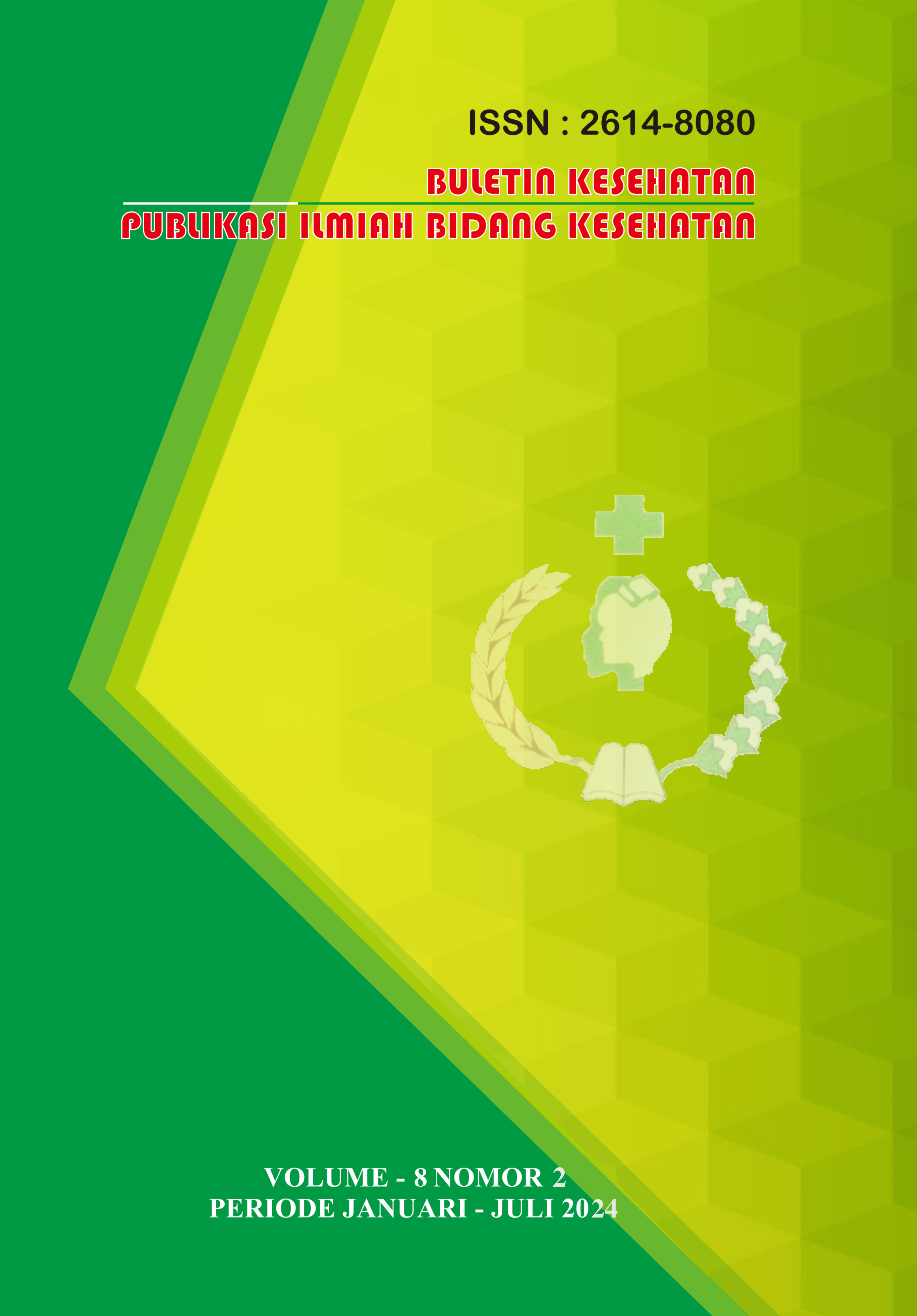Hubungan Antara Lama Diabetes Dengan Efikasi Diri Pasien Diabetes Melitus Tipe 2
DOI:
https://doi.org/10.36971/keperawatan.v8i2.173Keywords:
Efikasi diri, Lama diabetes, Pasien diabetes melitus tipe 2Abstract
Diabetes mellitus (DM) is a chronic disease with increasing incidence and prevalence worldwide. The risk of complications that can occur in patients with type 2 DM includes acute complications and chronic complications. To prevent the onset of the above complications, it is necessary to control diabetes through the application of correct and regular self-management behavior every day. One factor that is thought to be related or a predictor of self-management behavior is self-efficacy. The research design used was cross sectional, with a sample size of 112 respondents. The measuring instrument used The Diabetes Management Self Efficacy Scale (DMSES). The results showed a significant relationship between the length of time with diabetes and self-efficacy (p value <0.05). This significant relationship can be caused by people with diabetes who have been diagnosed for a long time may already understand the procedures for diabetes self-care so that they feel more confident to carry out self-management. Therefore, it is important for nurses to help improve the self-efficacy of people with type 2 diabetes through providing education about type 2 diabetes management, as well as providing support and motivation.
References
Adwan, M. A., & Najjar, Y. W. (2013). The Relationship between Demographic Variables and Diabetes Self-Management in Diabetic Patients in Amman City / Jordan. Global Journal of Health Science, 5(2), 213–221. https://doi.org/10.5539/gjhs.v5n2p213
Bandura, A. (1997). Self-Efficacy. In The Routledge Handbook of the Psychology of Language Learning and Teaching (pp. 1–591). W.H. Freeman and Company.
Black, J.M., Hawks, J. H. (2014). Medical surgical nursing : Clinical management for positive outcomes. Elsevier Inc.
Ridayanti, M., Arifin, S., & Rosida, L. (2019). Faktor-Faktor Yang Berhubungan Dengan Perilaku Kepatuhan Kontrol Pada Penderita Diabetes Melitus Tipe 2 Di Puskesmas Cempaka Banjarmasin. Homeostasis, 2(1), 169–178.
Senteio, J. D. S., Teston, E. F., Soares, V. D. S., Spigolon, D. N., & Costa, M. (2018). Prevalence of risk factors for diabetic foot development. Rev Fun Care Online, 10(4), 919–925. https://doi.org/10.9789/2175-5361.2018.v10i4.919-925
Smeltzer, S.C., & Bare, B. . (2010). Brunner’s and Suddarth’s Textbook of medical surgical nursing. Lippincott. W.
Wattanakul, B. (2013). Factors Influencing Diabetes Self-Management Behaviors among Patients with T2DM in Rural Thailand. ProQuest Dissertations and Theses. http://search.proquest.com/docview/1284417065
Yao, J., Wang, H., Yin, X., Yin, J., Guo, X., & Sun, Q. (2019). The association between self-efficacy and self-management behaviors among Chinese patients with type 2 diabetes. PLoS ONE, 14(11), 1–12. https://doi.org/10.1371/journal.pone.0224869













